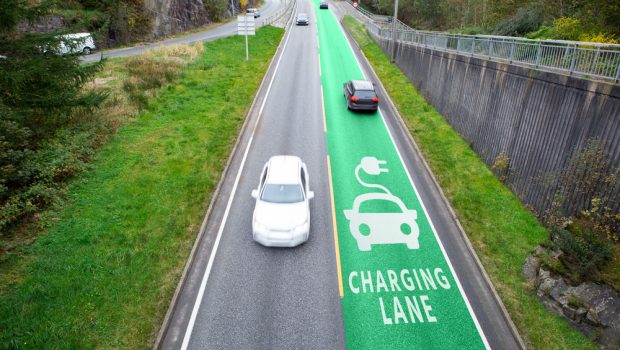The Marriage of Technology and Road Infrastructure
As technology becomes more and more embedded in transportation, Skip Descant, writing in Governing, investigates how road infrastructure might change to accommodate new technologies. With more vehicles requiring electric charging, “Converged and coordinated sectors like energy and transportation are the prerequisite to effectively growing the widescale adoption of EVs, experts say.”
According to Allie Kelly, executive director of The Ray, a ‘technology testbed’ in Georgia, “We can’t support electrified transportation without building at-scale EV charging hubs. And we can’t support functionality like platooning or functionality like Level 5 autonomy without building the digital and the physical infrastructure to support more connectivity, and to leverage data and transportation with connected and autonomous vehicles.”
To prepare for the future of transportation, “Energy, transportation and charging hubs are coming together in the form of initiatives like using roadway rights of way for the installation of solar fields to generate electric power.” Descant adds that some cities and states are experimenting with new road building materials, such as recycled car tires.
There are challenges on the regulatory side,too. Urban Movement Labs, a Los Angeles-based nonprofit transportation and urbanism think tank, “is working to develop an ‘integration manual’ to help cities understand the regulatory landscape, and other concerns, for systems like these.”
As the article points out, new technologies, such as delivery drones and robots and autonomous vehicles, are already proliferating. Meanwhile, pedestrian death rates keep growing. “For everything else we do, safety’s got to be an imperative. And we use this moment to advance safety,” said Mark Rosekind, former administrator with the National Highway Traffic Safety Administration (NHTSA) and chief safety innovation officer at mobility-as-a-service (MaaS) company Zoox. But while technology makes lofty promises for speed and efficiency, cities continue to lag behind on low-tech improvements that could reduce traffic deaths and limit the impact of human—and, in the future, autonomous vehicle—error behind the wheel.








Gloss